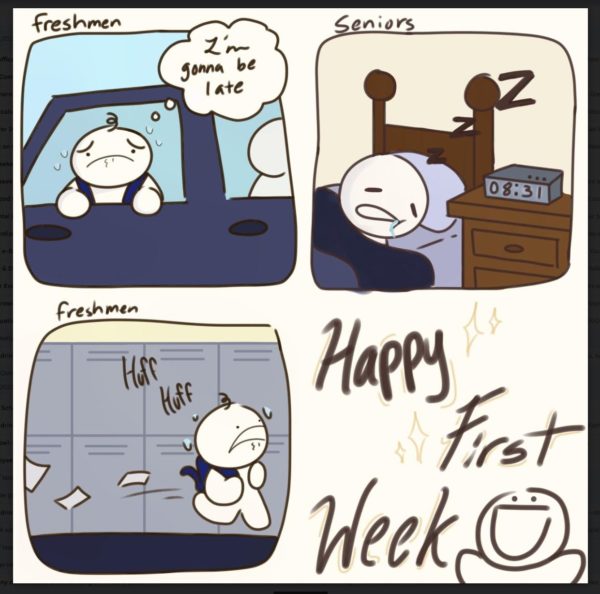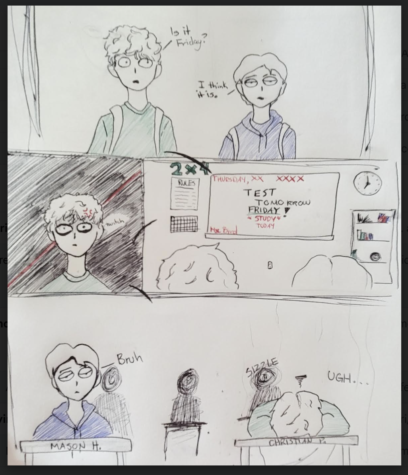Random thoughts II
April 2, 2020
1. Why do we tend to go look at 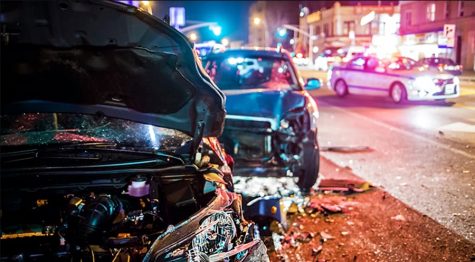 accidents?
accidents?
Is there something really wrong with us humans, because why do most of us tend to go look at a tragedy like a car accident. According to Dr. John Mayer, a clinical psychologist at Doctor on Demand, the process is one that actually triggers our survival instincts. “A disaster enters into our awareness, this can be from a live source such as driving by a traffic accident or from watching a news report about a hurricane, a plane crash or any disaster,” he explains. “This data from our perceptual system then stimulates the amygdala (the part of the brain responsible for emotions, survival tactics, and memory). The amygdala then sends signals to the regions of the frontal cortex that are involved in analyzing and interpreting data. Next, the brain evaluates whether this data (awareness of the disaster) is a threat to you, thus judgment gets involved. As a result, the ‘fight or flight’ response is evoked.” Psychiatrist Dr. David Hendserson says that once we have processed and deemed what we are witnessing to be non-threatening we continue to stare as a way to face our fears. https://www.nbcnews.com/better/health/science-behind-why-we-can-t-look-away-disasters-ncna804966
2. Why do we have fingernails?
Do we have fingernails to protect our fingers or do we have it to help make our fingertips easier to use.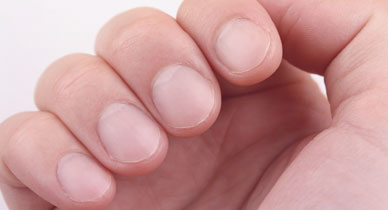 The answer I got was that we have evolved to have fingerprints instead of claws like our primate brethren to make it easier for us to pick things up, pick things off, and to hold tightly onto things. https://theconversation.com/curious-kids-why-do-we-have-fingernails-and-toenails-110989
The answer I got was that we have evolved to have fingerprints instead of claws like our primate brethren to make it easier for us to pick things up, pick things off, and to hold tightly onto things. https://theconversation.com/curious-kids-why-do-we-have-fingernails-and-toenails-110989
3. What are dreams?
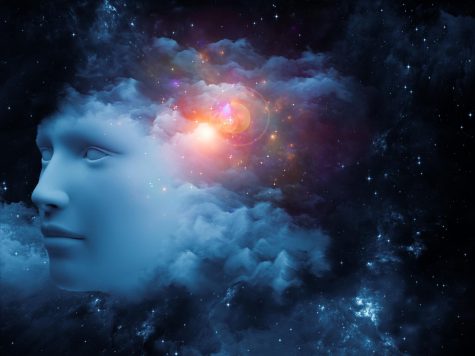 I think dreams are a figment of our imagination, but the answer to this question is that dreams are basically stories and images that our mind creates while we sleep. Dreams can happen anytime during sleep, but the most vivid dreams happen during REM sleep (a kind of sleep that occurs at intervals during the night and is characterized by rapid eye movements, more dreaming and bodily movement, and faster pulse and breathing). The brain structure that is a key part in generating REM sleep is the brainstem, particularly the pons and adjacent portions of the midbrain. https://www.webmd.com/sleep-disorders/dreaming-overview#1 https://www.sciencedirect.com/topics/biochemistry-genetics-and-molecular-biology/rem-sleep
I think dreams are a figment of our imagination, but the answer to this question is that dreams are basically stories and images that our mind creates while we sleep. Dreams can happen anytime during sleep, but the most vivid dreams happen during REM sleep (a kind of sleep that occurs at intervals during the night and is characterized by rapid eye movements, more dreaming and bodily movement, and faster pulse and breathing). The brain structure that is a key part in generating REM sleep is the brainstem, particularly the pons and adjacent portions of the midbrain. https://www.webmd.com/sleep-disorders/dreaming-overview#1 https://www.sciencedirect.com/topics/biochemistry-genetics-and-molecular-biology/rem-sleep








